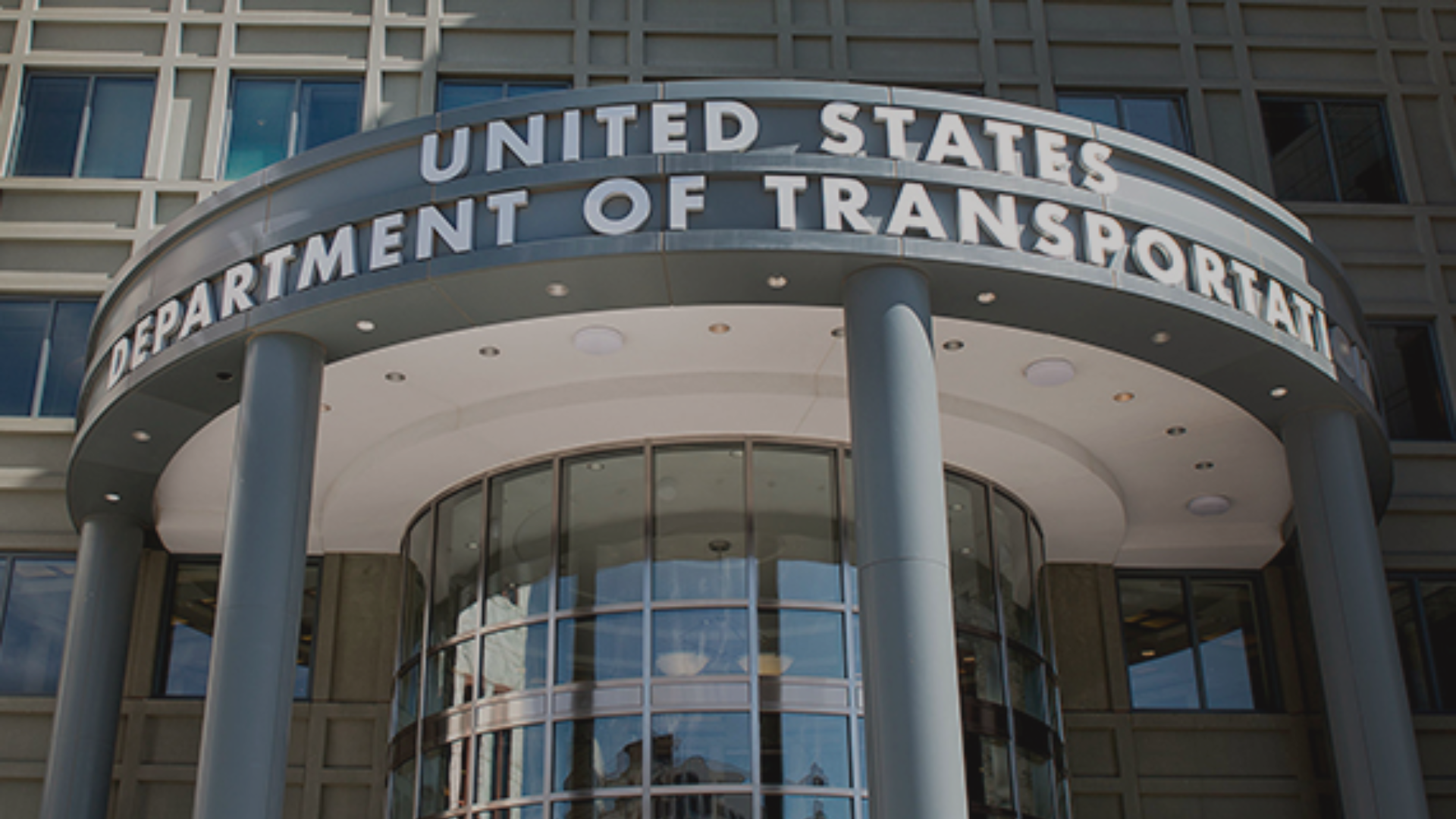The nationwide push toward electric vehicle (EV) adoption is at a pivotal stage. With the federal government’s target of 500,000 public EV chargers by 2030, the National Electric Vehicle Infrastructure (NEVI) program, backed by $5 billion in federal funding, represents a cornerstone of this effort. Early implementation, however, ran into supply chain bottlenecks, strict Buy America rules, and lengthy permitting processes. To address these issues, the Department of Transportation (DOT) has issued revised NEVI guidance that clarifies requirements and creates clearer pathways for states and private partners to benefit from the rollout of charging networks.
Key Changes in the Revised Guidance
The revised guidance introduces updates designed to resolve challenges from the initial rollout while maintaining long-term goals for reliability and domestic content. The phased approach to Buy America requirements allows near-term flexibility, giving suppliers and project developers the ability to source components without significant delays. When NEVI was first proposed in 2021 as part of the Infrastructure Investment and Jobs Act, full Buy America compliance was expected immediately. However, implementation was put on hold because many EV charging components such as cables, semiconductors, and housings were not yet manufactured in sufficient quantities domestically to meet the threshold. In response, DOT delayed strict enforcement and created a phased plan: flexibility is permitted in the short term while U.S. manufacturers scale up production, with full compliance requirements scheduled to resume once supply chains mature in the coming years. States and developers will find clearer project approval pathways, reducing administrative obstacles and making timelines more predictable.
Standards for reliability have been reinforced, including a requirement that chargers maintain 97% uptime, use standardized CCS connectors, and provide interoperability in payment systems. These changes are intended to ensure that EV drivers have consistent and dependable access to charging facilities.







